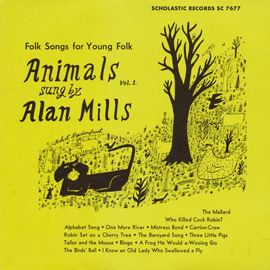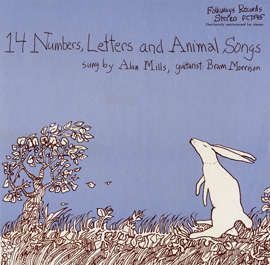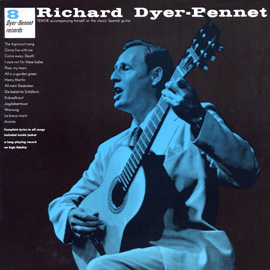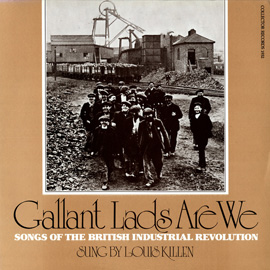Summary
Featured here are three traditional songs from England that call for opportunities to sing, move, and listen attentively. Each song offers young children the opportunity to be creative in their physical expressions while also following direction in a sequential order. These experiences allow the teacher a straightforward means for taking folk and traditional songs of England into classrooms of young children.
Suggested Grade Levels: K-2
Country: England
Region: Various
Culture Group: English/British
Genre: Children's folk songs
Instruments: Voice, body percussion, and children's percussion instruments
Language: English
Co-Curricular Areas: Physical Education, Dance, English Language Arts
National Standards: 1, 3, 4, 6, 7, 9
Prerequisites: None
Objectives:
- To become familiar with traditional English children's songs.
- To provide students an opportunity to sing and create movements that accompany the songs.
- To provide experiences that allow children to expand their ability to move with the beat and follow repeated patterns in rhythm and movement.
- To learn the concept of song sequencing and to demonstrate how actions and words in the songs have a certain order that should be followed. Demonstrate how new words and actions can become part of that order.
Materials:
- An English Folk Music Anthology (FW38553 / FE 38553)
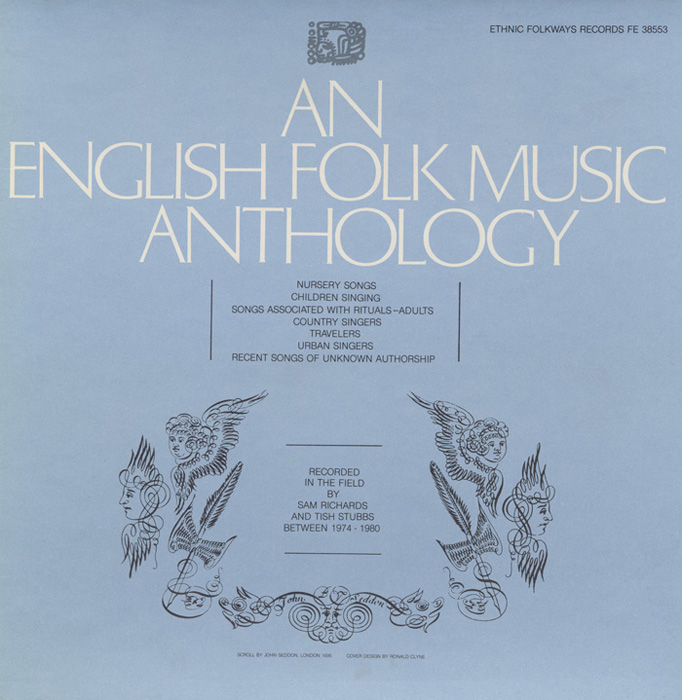
“Children's Songs with Games, Actions”
from An English Folk Music Anthology (1981) | FW38553 / FE 38553
“Old Roger is Dead”
Lesson Segments:
- Dig a Ditch and Go Whoo! (National Standards 1, 3, 6, 9)
- Old Roger is Dead—or Is He? (National Standards 1, 3, 6, 7)
- Miss Mary Mack: Compare to How You Know It! (National Standards 6, 7)
Lesson Segment #1: Dig a Ditch and Go Whoo!
The song “Digging Ditches” is performed by schoolchildren in Cumbria, England.
Procedure:
- Have children listen to the recording of the song. Ask: “What do you hear?” (Children singing)
- Listen again and encourage children to clap or tap the beat of the song.
- Ask children to sing along as they clap to the recording.
- Ask children to determine what movements they would design for the song, experimenting with the movements as they listen to the recording and sing along.
- Choose several children to demonstrate their movements, with other children copying them.
- Sing the song while performing the invented movements.

Lyrics:
Digging ditches, digging ditches,
Milking cows all day.
Digging ditches, digging ditches,
Milking cows all day.
Up a ladder down a ladder,
Swishing paint around.
Up a ladder down a ladder,
Swishing paint around.
Swishy swoshy, swishy, swoshy,
Hanging out the clothes.
Swishy swoshy, swishy, swoshy,
Hanging out the clothes.
Typing letters, typing letters,
On the bosses knee—whoo!
Typing letters, typing letters,
On the bosses knee—whoo!
Note: Some people might think the last verse is inappropriate. It is perfectly acceptable with children's songs to change the words to fit your circumstances. Children do it all the time.
Example:
Typing letters, typing letters,
How the day does fly—whoo!
Typing letters, typing letters,
How the day does fly—whoo!
Extension: Discuss how occupations have changed since the time of this song which most likely originated in the early-20th or late-19th century.
Assessment:
Assessment: Students will be able to:
- move to the beat of the song
- remember and recite the words
- contribute to the creative parts of the lesson
Lesson Segment #2. Old Roger is Dead—or Is He?
The song “Old Roger is Dead” is performed by Hazel Bibbings of Plymton, Devon, England and can be found on An English Folk Music Anthology, the same album as the first lesson. This song has been widespread in England, a playful text that conveys a relationship between the living and the dead (Old Roger) and makes the point that an invasion of the graveyard or cemetery (by an old woman who enters to pick from an apple tree) will surely have its consequences (a “whack” from those interned there).
Procedure:
- Listen to the recording, keeping a beat to the song.
- Listen again, and respond to the following questions: “What happened to Roger?” “What kind of tree grew in the graveyard?” “Who came to get the apples?” “What did Roger do?” “What was the lady's response?”
- Listen again, imagining how the song might be acted out.
- Choose two actors, Old Roger and the lady. Whacking aside (and off-limits), sing the song while the two actors play their parts.

Lyrics:
Old Roger is dead and he lies in his grave, lies in his grave, lies in his grave.
Old Roger is dead and he lies in his grave, ay ee aye over.
They planted an apple tree over his head, over his head, over his head.
They planted an apple tree over his head, ay ee aye over.
The apple got ripe and began to fall, began to fall, began to fall,
The apples got ripe and began to fall. Ay ee aye over.
And then an old woman came picking them up, picking them up, picking them up.
And then an old woman came picking them up, ay ee aye over.
Old Roger got up and gave her a whack, gave her a whack, gave her a whack.
Old Roger got up and gave her a whack, ay ee aye over.
Which made the old woman go hippty hop, hippity hop, hippity hop.
Which made the old woman go hippity hop, ay ee aye over.
Assessment:
Students will be able to sing the song and join in acting the story embedded in the song.
Lesson Segment #3. Miss Mary Mack: Compare to How You Know It!
This lesson offers children an opportunity to compare and contrast a recorded version of a well known children's song “Miss Mary Mack” with the version they know best. See the same recording as used in the first lesson (Track 107).
Procedure:
- Sing the version of “Miss Mary Mack” that students know. Ask for volunteers to sing and play (including the hand-clapping accompaniment).
- Listen to the recording of “Miss Mary Mack” and discuss similar and different components of the live and recorded versions. Note that folk and traditional songs that are learned orally, without notation, have a tendency to change over time, depending upon who may be performing them.
- Listen again to the recording and check for similarities and differences.
- Sing and play: incorporate hand-clapping with the recorded version of the song, and then perform the familiar version.
Assessment:
Students will be able to:
- determine similar and different features of the familiar and recorded versions of the song, and
- perform the two versions of the song.
Additional Resources:
English Folk Songs, (FW06917 / FW 6917 / FP 917)
Audrey Coppard
Born in 1955, Mary Coppard was raised by classically trained musician parents. She discovered folk music through the Mountain Songs of Appalachia in the U.S. Returning to her native England, she began collecting songs of her native country. Liner notes are not extensive, but they do include particulars about each song.
English Folk Songs, (FW06823 / FW 6823)
Wallace House
Recorded in 1952, based on a tour Wallace House took throughout England listening to country folk songs. In this recorded he has made an attempt to reproduce the various English dialects spoken throughout England. Liner notes are quite extensive.



